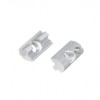
Active filters:
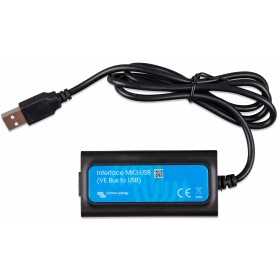

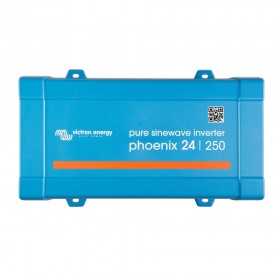

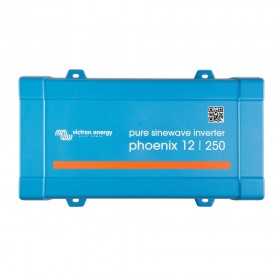


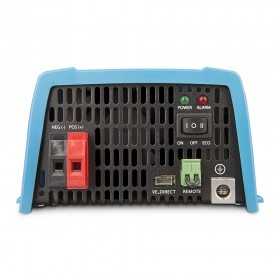
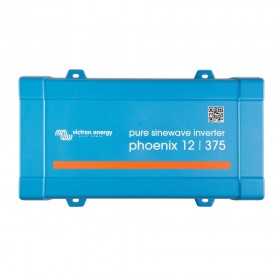

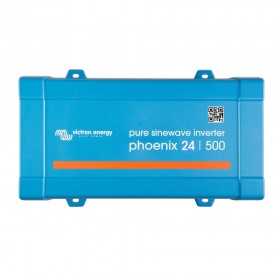

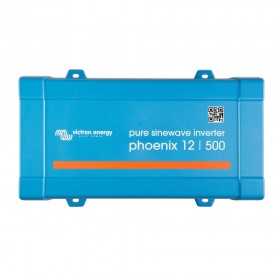

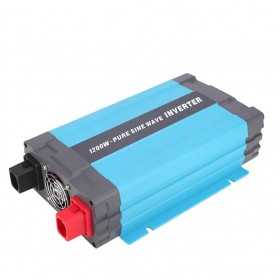

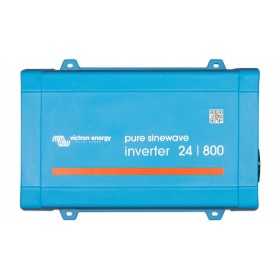

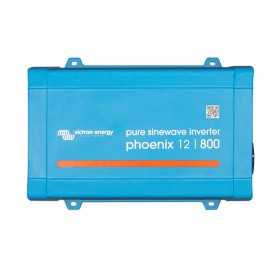

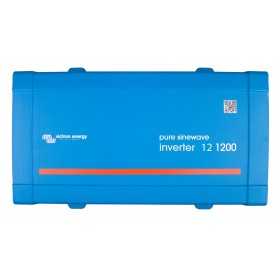

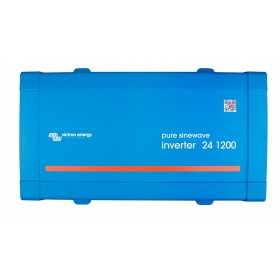

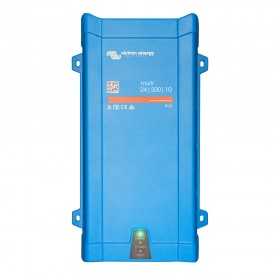

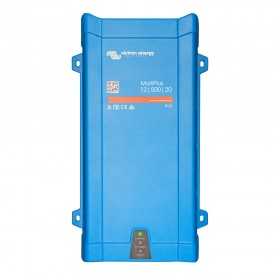



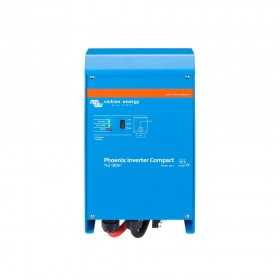

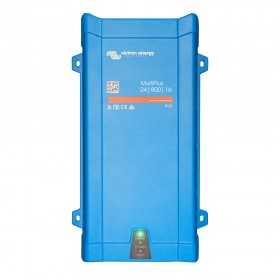

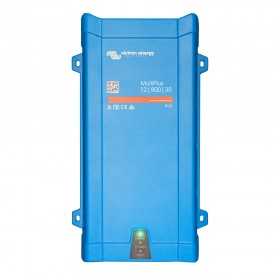

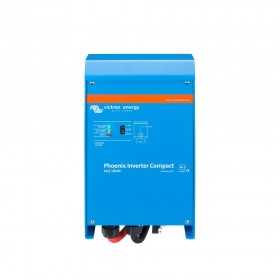

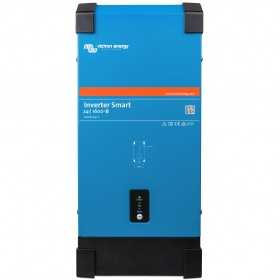

The 100% OFF GRID inverters are used in all those renewable energy systems, generally at low voltage 12-24 or 48 volts and are indispensable for transforming the direct current from the accumulators into alternating current which is then necessary to operate the vast majority of commonly used devices.
An inverter (term of the English language that can be translated into Italian as inverter), in electronics, is an electronic input / output device capable of converting a direct current at the input into an alternating current at the output.
The applications are many:
The simplest type of inverter consists of an oscillator driving a transistor, which generates a square wave by opening and closing a circuit. The wave is then applied to a transformer which supplies the required voltage to the output by rounding the square wave to some extent. More efficient devices such as MOSFET, thyristor or IGBT are often used instead of the common transistor. The square waveform generated by these devices has the problem of being rich in higher harmonics, while the sine wave of the electrical network does not. This leads to lower efficiency of the powered equipment, greater noise and electrical noise, and serious problems of electromagnetic compatibility. More complex inverters use different approaches to output a waveform as sinusoidal as possible. An electronic circuit produces a stepped voltage by pulse width modulation (PAM) as close to a sinusoid as possible. The signal, called modified sinusoid, is smoothed by capacitors and inductors placed at the input and output of the transformer to suppress harmonics.
Active filters:







































